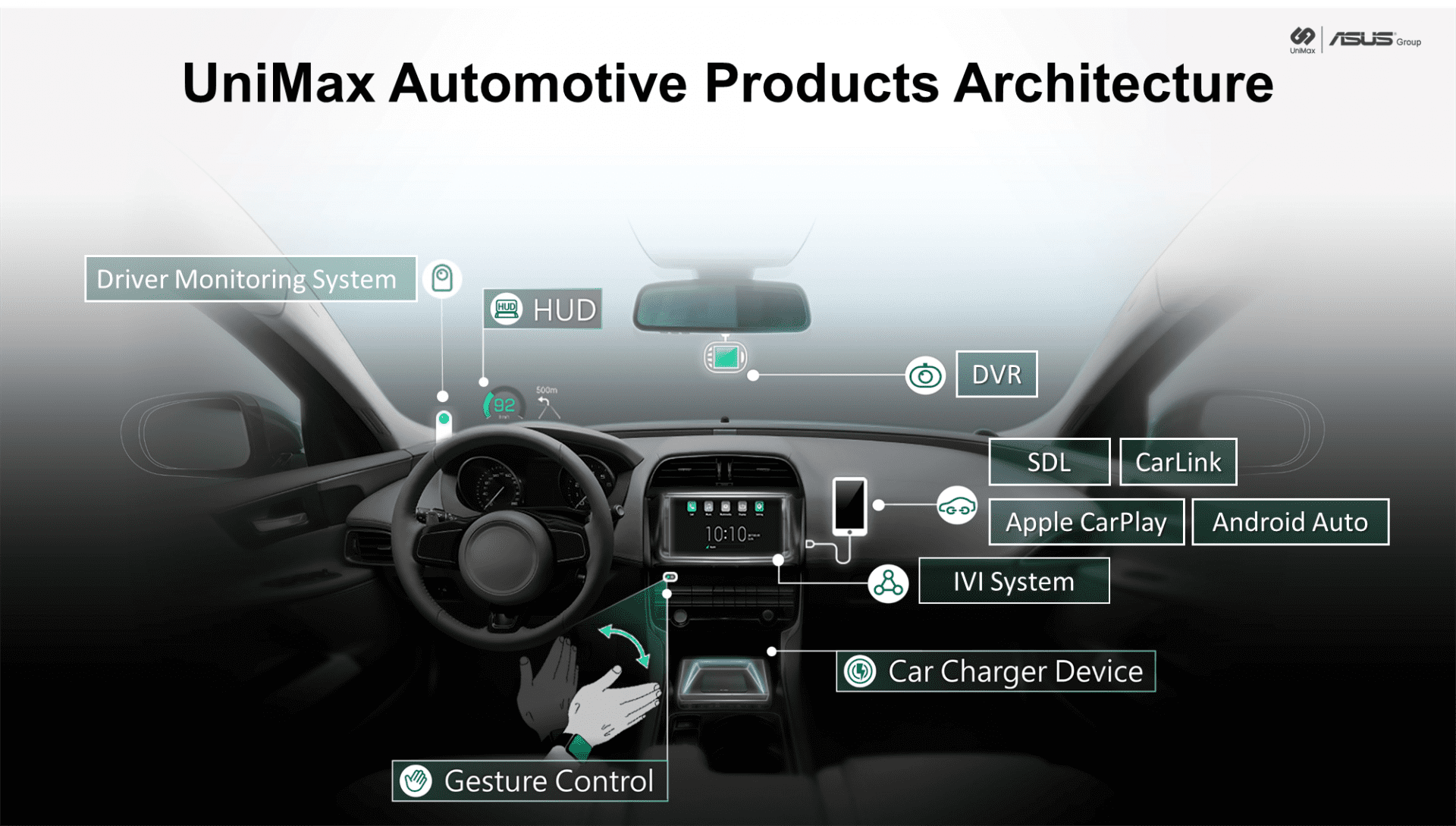2020/09/10
Automotive electronics introduction
Automotive electronics introduction
Overview of Automotive Electronics
Automotive electronics refers to the general term for all electronic equipment installed in the car. It is composed of car-level electronic components. It is used to sense, calculate, and execute the various states and functions of the car. It can be divided into connectors according to purposes,Sensors, Controllers, and Actuators. In the 1970s, electronic technology was introduced into the automobile industry, and the engine fuel injection control system was the earliest application level, which greatly improved fuel efficiency. At present, automotive electronics are also widely used in chassis control, power system, body control, fault diagnosis, audio, communication, navigation and other aspects. In general, automotive electronics have significantly improved the overall performance of the vehicle, turning the vehicle from a means of transportation into a comprehensive platform with multiple functions of transportation, entertainment, office and communication.Automotive electronic technology
From a technical perspective, automotive electronics can be divided into three levels: basic technology layer, electronic control system layer, and human-vehicle environment interaction layer. From the perspective of application, automotive electronics can be divided into electronic control systems and automotive electronic devices. The electronic control system and mechanical devices are used in conjunction to determine the safety, comfort and overall performance of the car.Automotive electronics market
The scale of the automotive electronics market has been expanding year by year, mainly due to the electrification, intelligence, and networking of the automotive industry. The growth rate of the automotive electronics market has exceeded that of the vehicle market. In 2018, the global automotive electronics market was 1.58 trillion yuan,In the future, with the application of autonomous driving, driverless technology and new information technology in automobiles, the automotive electronics market will continue to expand.At the same time, the proportion of automotive electronics costs has steadily increased, and intelligence, networking, and electrification have become the development trend of the automotive industry. Since automotive control systems have shifted from mechanization to electronics, the proportion of automotive electronics costs has gradually increased, with some luxury models accounting for more than 50% of automotive electronics costs. As people's requirements for car comfort, safety, convenience, etc. gradually increase, the automotive electronics market is promising.

(UniMax automotive electronics architecture, UniMax is a professional Tier 1 automotive electronics supplier, ASUS Group, has many implementation achievements, automotive electronics products have passed IATF16949 certification)
Automotive electronics industry characteristics
The automotive electronics industry has a high technical threshold, a long certification cycle and large industry barriers. First of all, automotive electronic smart manufacturing equipment requires the realization of the full automation of the production line in production, testing, packaging and other automotive processes, focusing on the integration of production process technology, hardware, software and application technology. Secondly, the production process of automotive electronics is complex, with many types of raw materials, high assembly matching and high quality requirements.Advanced automotive electronics manufacturers require automotive electronics smart manufacturing equipment to have informatization and intelligent functions to achieve data acquisition and transmission, analysis and application, quality traceability, raw material management, and full-process testing. Leading companies in the automotive electronics industry have a high market share, obvious effects, and high market concentration. The top three companies in the industry account for 70% of the entire market, and leading companies have a greater advantage.
Automotive electronics suppliers
Automotive electronics suppliers are divided into three levels, the uppermost upstream is electronic component suppliers, including IC design manufacturers and discrete component manufacturers; the midstream is Tier 1 supplier, mainly for the design and production of automotive electronic modular functions And sales, such as UniMax. The downstream is OEM& OEM. The last layer is Tier 2 and Tier 3 suppliers, which are generally small and medium-sized companies. Because of their low technology content, they have low influence on the industry chain.
(UniMax Combiner Type HUD & weless charger, Has cooperated with international car maker, passed IATF16949 certification)
Automotive electronics outlook
Car electronic devices increase the added value of the car, improve the degree of intelligence, entertainment and informationization of the car, without affecting the running performance of the car, such as HUD, wireless charging, ivi system, DVR, are common car electronic products. With the development of automotive intelligence and networking trends, the proportion of automotive electronics in the total cost of vehicles has increased year by year, and the proportion of automotive electronics in the total vehicle cost is expected to reach 50% in 2030. Therefore, the automotive electronics industry has a large Space for development.| Popular Content for Automotive Electronics |







